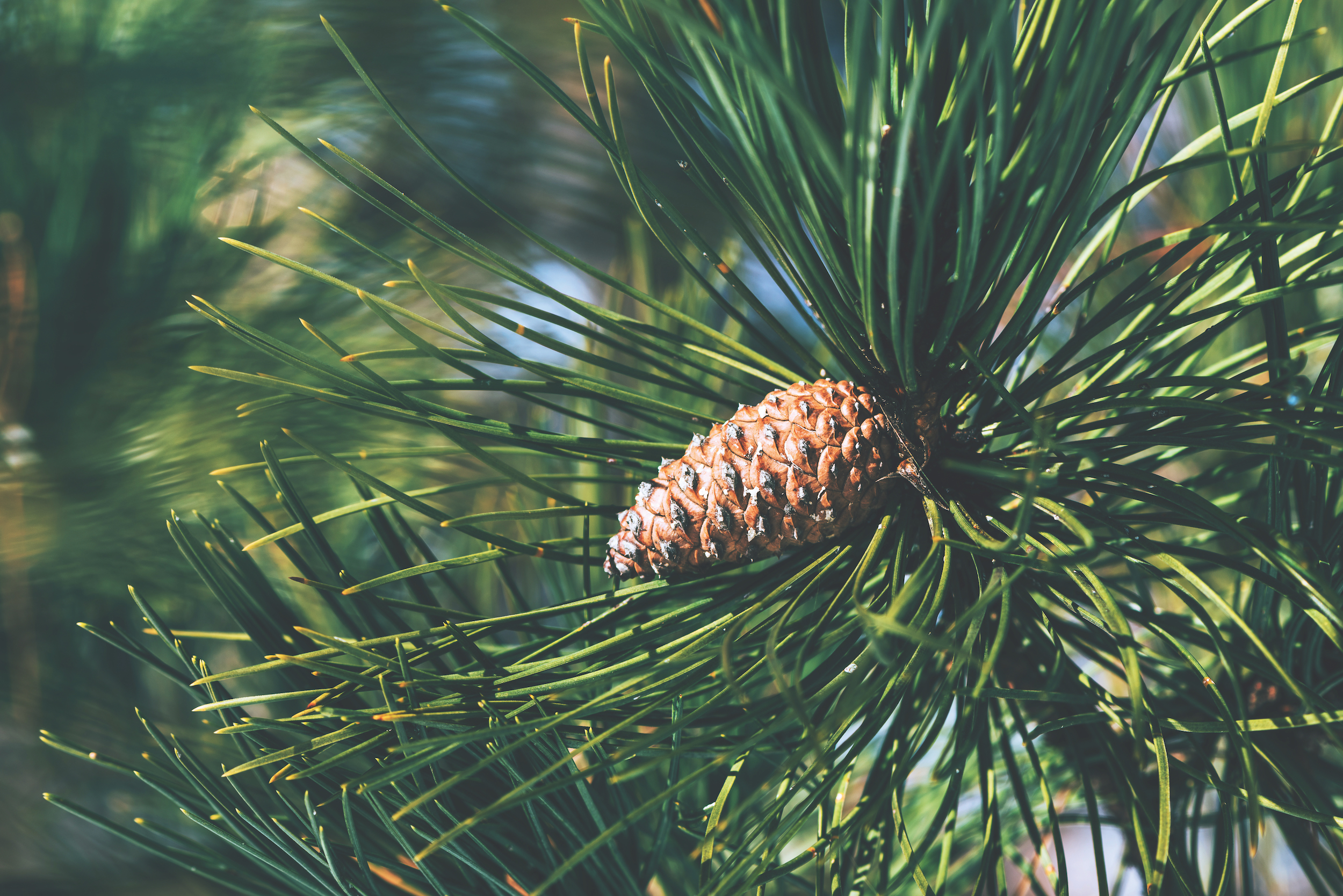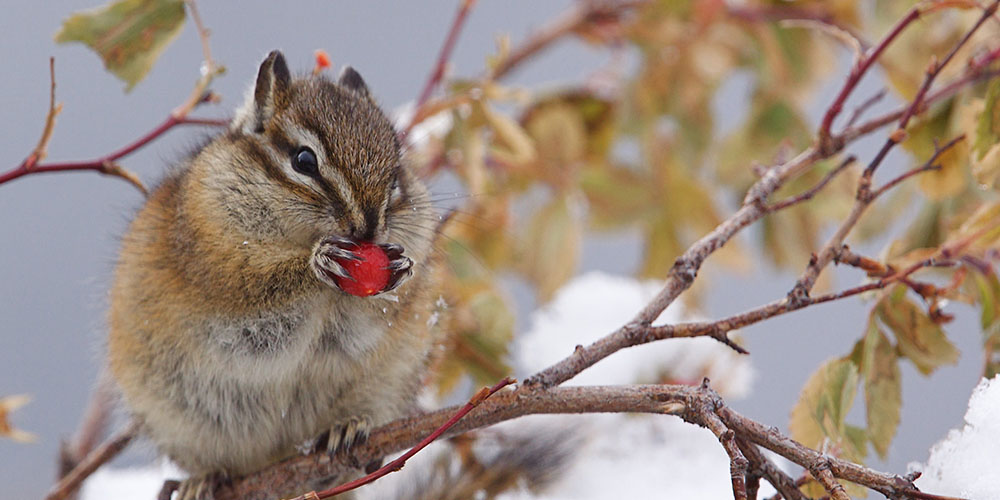Tree ID
Tree species can be identified by looking at several different features: leaves, bark, twigs, flowers, fruit, and seeds. Even the overall shape of a tree can give clues to the tree’s identity. Students learn more about trees through these identifying features. Afterward, they can play an active game that tests their knowledge of different types of trees.
Objectives
Students will
- Describe how leaf shapes, sizes, and other characteristics vary from plant to plant.
- Identify several trees using various physical characteristics.
For the complete activity and more like this, purchase the Explore Your Environment: K-8 Activity Guide at Shop.PLT.org and/or attend a professional development training in your state.
Explore Your Environment: K-8 Activity Guide is a supplementary curriculum that is multi-disciplinary, with an emphasis on science, reading, writing, mathematics, and social studies.
Each activity displays explicit connections to practices and concepts expected by the following national academic standards so teachers can easily see where the materials will fit into their lesson plans:
- Next Generation Science Standards (NGSS)
- Common Core Toolkit, includes
- English Language Arts (CCSS.ELA)
- Mathematics (CCSS.MATH)
- College, Career, and Civic Life Framework for Social Studies (C3)
Our professional development further demonstrates these connections, as well as to state and local standards, contact your state coordinator.
Welcome to New Zealand – A Nature Journal
Welcome to New Zealand: A Nature Journal Grades 3-5 ISBN-13: 978-0763674779 Candlewick, 2015 Recommended Reading Are you interested in studying cloud formations or moon phases? Urban ecosystems or wetland areas? The forest canopy or tidal pools? No matter your topic of study, Morris’ Welcome to New Zealand: A Nature Journal has inspiration for you. ... Read more »
EE Resources
Indigenous Connections to PLT Activities
The Minnesota Department of Education includes Indigenous-based learning benchmarks in science, language arts, and social studies. Learn how the Minnesota DNR worked with tribes to adapt several PLT activities to include Ojibwe and Dakota culture and knowledge, and get some tips for teaching about Indigenous Peoples with knowledge and respect. Access the Ojibwe and Dakota... Read more »
Video: How to Identify Trees, Part 1 and Part 2
“How to Identify Trees, Part 1 and Part 2.” Part 1 (9:08 minutes) introduces how to use bark, buds, and other clues to identify broadleaf trees in winter. Part 2 (6:54 minutes) introduces the leaf characteristics used to identify trees, such needles vs. broad-leafed, simple vs. compound, alternate vs. opposite branching, and so on, and... Read more »
Video Demo: Looking At Leaves
In PLT’s Looking at Leaves activity, students take a closer look at leaves and find out more about leaf characteristics and how leaves can be used to identify plants. Watch this PLT Activity in Action: Looking At Leaves video (13 minutes). Danielle Ardrey, Colorado PLT Coordinator, demonstrates this place-based activity for families and educators to... Read more »
BeLEAF it or Not: How to Identify Trees
Learn about tree Identification in this “BeLEAF it or Not” video How To Identify Trees. Michigan foresters, Bill Cook and Georgia Peterson explain some identification characteristics of trees, such as bark, buds, fruits, and leaves. They also explain the Latin/two-part scientific names for living things that allow people throughout the world to communicate unambiguously about... Read more »
The Fresh Air App
Download the Fresh Air – Hyperlocal Weather & NOAA Radar Map app to explore the weather around you using data from the U.S. NOAA Weather radar map. Visualize local temperature, precipitation, wind, and more with daily weather notifications.
Desmos Graphing Calculator
Desmos creates digital math tools, such as this online graphing calculator that students can use for free. They also create activities and their Activity Builder helps teachers create digital math activities. The online calculator has many uses in science and math settings, from graphing functions, plotting tables of data, and evaluating equations, to exploring transformations and... Read more »
Go Plant a Tree!
In this short video from PBS Plum Landing, see how students work with a local arborist to plant a tree in their community. Underneath the video, you’ll find some simple conversation starting questions and additional resources to inspire your students.
Identify Trees from Leaves
Leafsnap is a free app that uses visual recognition software to help identify tree species from leaf photographs you take in the field. Leafsnap currently focuses on tree species found in the Northeastern United States and Canada, but expansion is underway to include all U.S. regions.
Tree Identification Guides
PLT staff like and use these Tree ID guides: The Fandex Family Field Guides Peterson Field Guides
The Science of Fall Leaves
The US National Arboretum has collected online resources on the science of fall foliage. Resources include “The Science of Color in Autumn Leaves,” which describes how and why leaves change color; an extensive photo gallery of trees in fall color; and a list of “Selected Plants Providing Colorful Autumn Foliage.”
Tree Product Images
Print out pages containing many examples of everyday products from trees!
Citizen Science Programs
Project BudBurst is a network of people across the United States who monitor plants as seasons change. Use Project Learning Tree activities to get your students outside, and use Project BudBurst to help them see how their seasonal observations about plants compare to those being made all across the country. In addition to collecting scientifically... Read more »
Parts of a Tree Activity Cards
Useful cards that describe the parts of a tree, the order to be acted out in, and the number of students needed. These cards can be printed and used as name tags during the activity.
EasyMeasure
A free app that can be downloaded onto Apple devices (SmartMeasure for Android). EasyMeasure uses the height of the camera lens and its tilt angle to calculate the distance to objects of your choice. Simply aim your mobile device at any object, and this app displays the distance towards that object on top of the... Read more »
YouTube Dendrology
Dr. Don Leopold, State University of New York’s College of Environmental Science and Forestry professor, has identified a total of 135 tree species on YouTube. These 2-minute, high definition videos briefly summarize how to identify each tree species, its ecological characteristics and importance, and communicate fun facts. While the list of native and non-native tree... Read more »
Login to download supporting materials such as appendices and teaching tips.
Login
 Get this Guide
Get this Guide
 Find Training
Find Training


